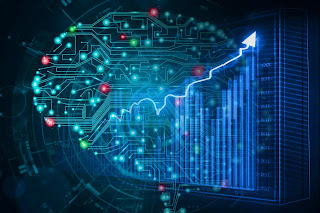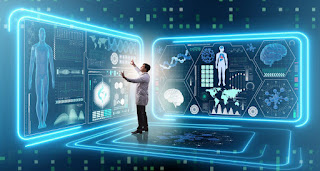The Role of Artificial Intelligence in Predictive Analytics

Predictive analytics is the process of using data, statistical algorithms, and machine learning techniques to identify the likelihood of future outcomes based on historical data. Artificial Intelligence (AI) is playing an increasingly important role in predictive analytics as it allows for the analysis of vast amounts of data and the identification of patterns and trends that would be difficult or impossible for humans to detect. In this essay, I will discuss the role of AI in predictive analytics and the benefits it offers. One of the most important applications of AI in predictive analytics is in the field of finance. Financial institutions such as banks and insurance companies use predictive analytics to identify patterns in financial data that may indicate credit risk or fraudulent activity. AI-powered systems can analyze large amounts of data and identify patterns that would be difficult or impossible for humans to detect. For example, an AI system can be trained to identify...








